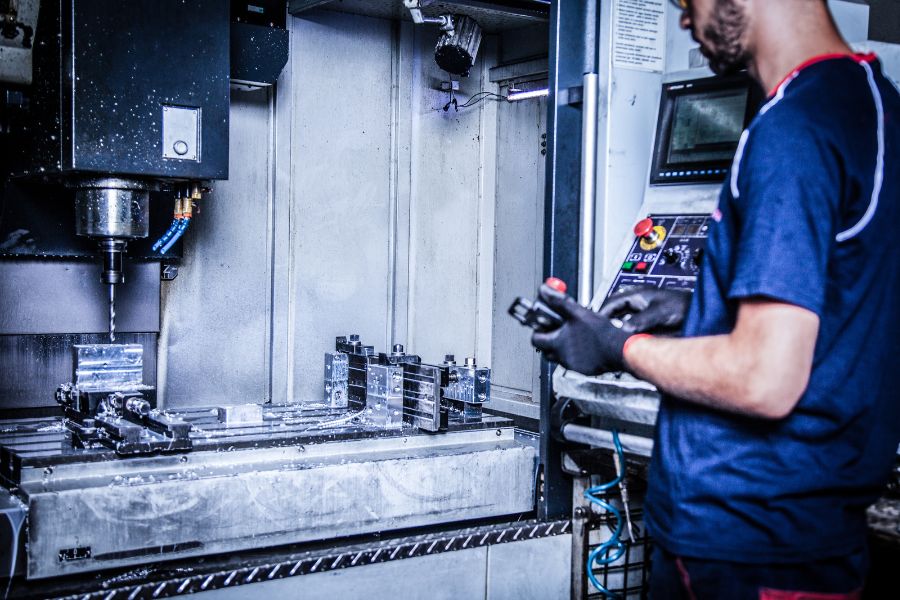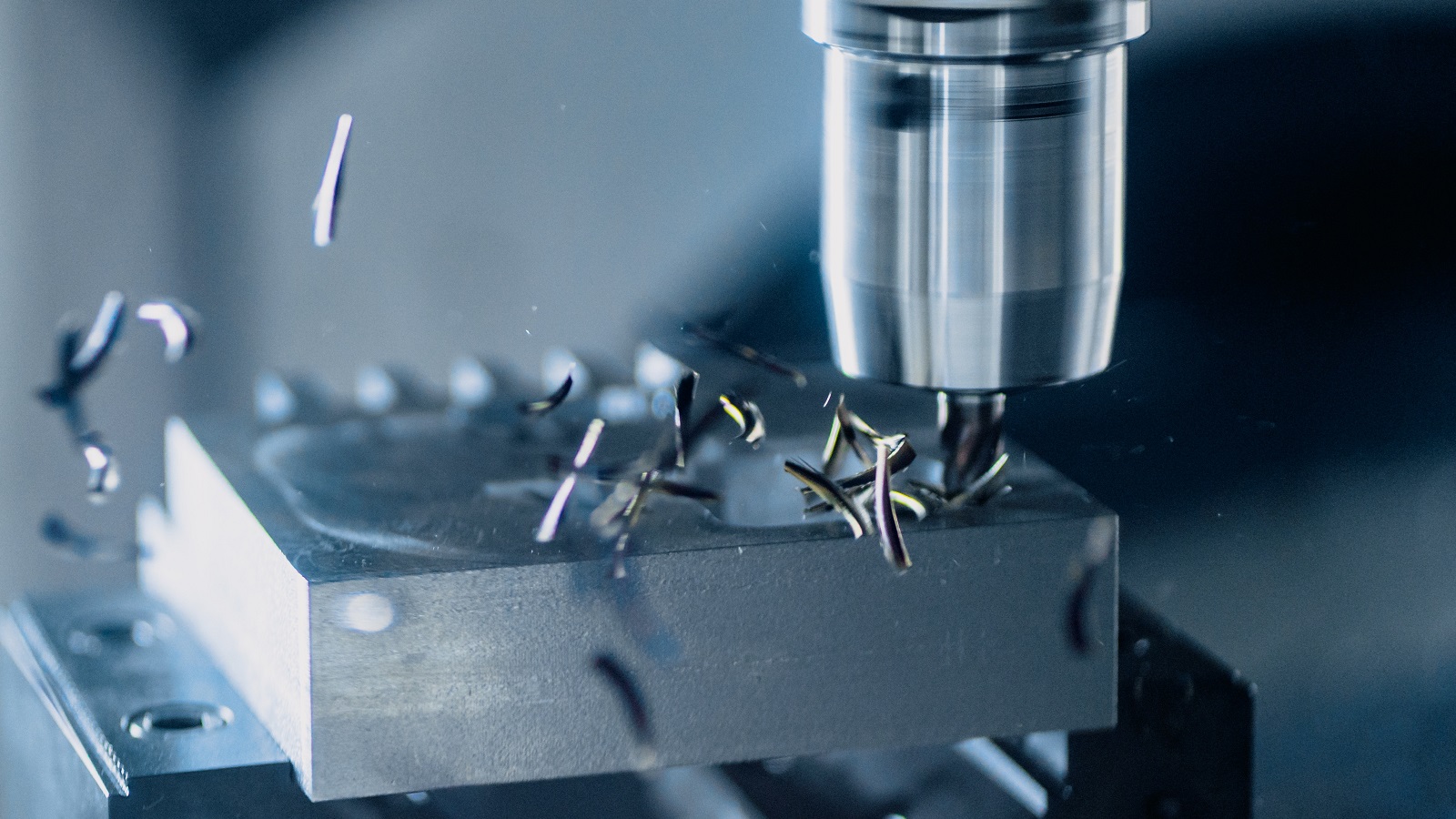In the intricate realm of metalworking, where precision meets productivity, the significance of a metalworking lubricant cannot be overstated. These often-overlooked substances play a vital role in enhancing efficiency, ensuring precision, and prolonging the lifespan of tools and machinery. In this comprehensive guide, we delve into the importance of metalworking lubricants, explore their key properties, and provide insights on selecting the most suitable lubricants for various metals like steel, aluminum, cast iron, brass, and copper.
What are Metalworking Lubricants and Why Are They Important?
Metalworking lubricants, also known as cutting fluids or coolants, are specially formulated substances used during metal machining processes to reduce friction, dissipate heat, and facilitate chip removal. They come in various forms, including oils, emulsions, pastes, and solid lubricants, each tailored to specific machining operations and materials.
The Importance of Metalworking Lubricants
The importance of metalworking lubricants stems from their multifaceted benefits:
Friction Reduction
By forming a lubricating film between the cutting tool and workpiece, these fluids minimize friction, thereby reducing wear and extending tool life.
Heat Dissipation
During machining, friction generates heat, which can lead to thermal expansion, tool deformation, and even workpiece damage. Lubricants absorb and dissipate this heat, maintaining stable machining conditions and preventing thermal-related issues.
Chip Evacuation
Efficient chip removal is essential for preventing chip re-cutting, tool jamming, and surface defects. Metalworking lubricants aid in the evacuation of chips, promoting smoother machining processes and superior surface finishes.
Corrosion Protection
Certain lubricants contain corrosion inhibitors that safeguard both the workpiece and machine components from rust and oxidation, particularly important in environments with high humidity or exposure to corrosive substances.
Improved Surface Quality
Lubricants contribute to achieving superior surface finishes by reducing built-up edge formation, minimizing surface roughness, and enhancing machining accuracy.
Environmental and Health Considerations
Modern metalworking lubricants are formulated to meet stringent environmental and health regulations, ensuring worker safety and environmental sustainability while delivering optimal performance.
Key Properties of Metalworking Lubricants
Effective metalworking lubricants exhibit several key properties that are essential for their performance and compatibility with various machining operations:
Lubricity
The lubricant’s ability to reduce friction and facilitate smooth metal-to-metal contact without galling or seizing is crucial for enhancing tool life and achieving high-quality surface finishes.
Cooling Capacity
Efficient heat dissipation is paramount to prevent thermal-induced damage to cutting tools and workpieces. Lubricants with excellent cooling properties ensure temperature stability during machining processes.
Chemical Stability
Metalworking environments can be harsh, with exposure to metal chips, contaminants, and high temperatures. Lubricants should maintain chemical stability, resisting degradation and maintaining their performance over extended periods.
Compatibility
Lubricants must be compatible with a wide range of metals, including steel, aluminum, cast iron, brass, and copper, without causing corrosion or surface discoloration.
Cleanliness
Minimizing residue buildup and promoting easy cleanup contribute to a cleaner working environment and prolonged tool life.
Environmental and Health Compliance
Modern lubricants should adhere to regulatory standards, being free from harmful substances such as chlorinated compounds and heavy metals, while offering low VOC emissions and biodegradability.

Choosing the Best Metalworking Lubricants for Different Metals
Selecting the optimal lubricant for specific metals involves considering their unique properties and machining requirements:
Steel
For machining steel, water-soluble or semi-synthetic lubricants are commonly used due to their excellent cooling and lubricating properties. Additives such as EP (extreme pressure) agents enhance performance, especially in high-speed or heavy-duty applications.
Aluminum
Aluminum is prone to smearing and built-up edge formation during machining. Therefore, lubricants with high lubricity and anti-weld additives are preferred to minimize tool wear and ensure clean cutting edges.
Cast Iron
Cast iron machining requires lubricants with high EP capabilities to withstand the abrasive nature of the material. Chlorine-free formulations are recommended to prevent adverse reactions with sulfur compounds commonly present in cast iron.
Brass and Copper
Non-ferrous metals like brass and copper require lubricants with excellent cooling properties to prevent work hardening and maintain dimensional accuracy. Low-viscosity oils or water-based emulsions are suitable choices for these materials.
Choosing the Best Metalworking Lubricants for Different Operations
Choosing the best type of metalworking lubricant for common metalworking operations involves matching the lubricant’s properties to the specific requirements of each operation. Here’s a breakdown of the most suitable lubricants for some of the most prevalent metalworking processes:
Turning and Milling
Water-Soluble Coolants: These are widely used for turning and milling operations due to their excellent cooling properties and ability to flush away chips effectively. They are typically diluted with water to form emulsions and provide lubrication during cutting. Water-soluble coolants are suitable for a wide range of materials and machining conditions.
Drilling and Tapping
Cutting Oils: For drilling and tapping operations, cutting oils or neat oils are commonly used. These oils provide high lubricity, reducing friction and heat generation during the cutting process. They are particularly effective for deep-hole drilling and tapping applications where high heat and friction levels are encountered.
Grinding
Grinding Fluids: Grinding fluids, often formulated as synthetic or semi-synthetic fluids, are used for grinding operations to provide cooling and lubrication. These fluids help to prevent wheel loading, control heat generation, and improve surface finish quality. Grinding fluids are available in various viscosities to suit different grinding applications and materials.
Sawing
Soluble Oils: Soluble oils, also known as soluble cutting oils, are commonly used for metal sawing operations. These fluids provide lubrication to the cutting tool and workpiece, reducing friction and heat generation during the sawing process. Soluble oils are typically diluted with water to form emulsions and are effective for both ferrous and non-ferrous materials.
Forming and Stamping
Drawing Compounds: For metal forming and stamping operations, drawing compounds or stamping oils are used to reduce friction and wear between the tool and workpiece. These compounds come in various forms, including oils, pastes, and gels, and are applied directly to the workpiece or tool surface to facilitate smooth material flow and prevent galling.
Machining Non-Ferrous Metals
Synthetic Lubricants: Non-ferrous metals like aluminum, brass, and copper require lubricants with high cooling capacity and compatibility to prevent workpiece distortion and tool wear. Synthetic lubricants, such as water-soluble or semi-synthetic fluids, are often preferred for machining non-ferrous metals due to their ability to provide effective cooling and lubrication without staining or discoloration.

When selecting metalworking lubricants for common metalworking operations, it’s essential to consider factors such as cooling capacity, lubricity, compatibility, and environmental compliance to ensure optimal performance and efficiency. Additionally, conducting trials and testing with different lubricants can help determine the most suitable option for specific materials and machining conditions.
Conclusion
In the dynamic landscape of metalworking, where precision, efficiency, and environmental responsibility are paramount, metalworking lubricants emerge as indispensable allies. From reducing friction and dissipating heat to enhancing surface quality and prolonging tool life, these fluids play a pivotal role in optimizing machining processes across various metal types. By understanding their importance, key properties, and selection criteria, manufacturers can leverage the power of metalworking lubricants to unlock greater productivity, precision, and sustainability in their operations.


